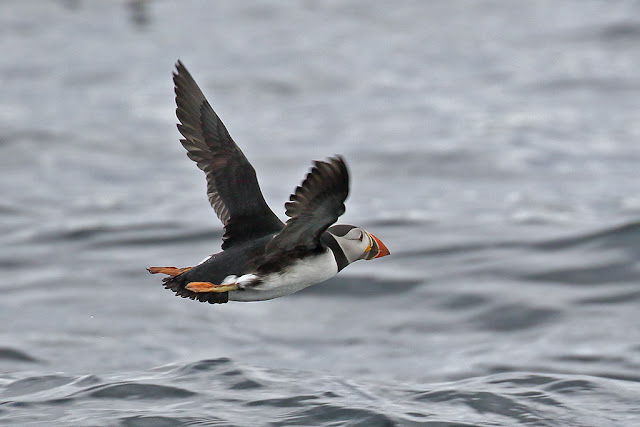Not much to write about over the last two weeks, I keep plodding away at Seasalter hoping something good will turn up. I made several short visits as when time allowed and on the 3rd the 3 dunlin were still present plus 59 shelduck just off the outfall. On the 4th, a longer visit finding 2 hobbys, 12 egrets, 33 shelduck, stonechat, 13 lapwings heading west, a family of coots with 7 young in tow plus the usual whitethroats, warblers etc..
On the afternoon of the 4th I went to Scotney Castle hoping for downy emerald dragonflies to which I duly found several plus lots of azures, a few large reds and a grey wagtail busily feeding its young on damselflies!
Downy Emeralds
Another short trip to SS on the 5th (a hot stormy day) revealed 6 gadwall (seen earlier at Swalecliffe) with the 31 shoveler
On the 6th there was a fresh breeze but sunny morning at SS where I had a good walk around the patch. Several swifts were hawking overhead (15+) and along SS Lane 1 cetti's and 2 buzzards. Along the seafront all the usual birds including 3 cetti's, goldfinches, chaffinches, coots, stonechat, cuckoo,2 house martins, 1 chiffchaff, 6 swallows, marsh harrier, 3 bearded tits (the biggest number I have seen there), linnets, whitethroats, 1painted lady and 1 red admiral.
On the mudflats, 31 shelducks plus an egret.
Whitethroat
Sunday the 7th I went to Stodmarsh but pretty quiet there from the Reedbed hide, harriers, g.c.grebes, grey heron and common terns.
PM: An afternoon outing to Doddington Place and gardens and in the garden a hummingbird hawk moth.
Hummingbird Hawk Moth
On the 8th another visit to SS. and much the same as always; 3 stonechats, 1 cetti's, 3 linnets, 1 cuckoo, 1 young lesser whitethroat and another painted lady etc..
The 12th was a sunny day and looked good for dragons at Westbere and the Norfolk hawker was one of the first I saw followed by blue-taileds, azures and then by the river several demoiselles and a male scarce chaser. Whilst watching the dragons a kingfisher landed on a tree close by allowing me a shot through the reeds.
Norfolk Hawker
2 Scarce Chasers
Male and Female Banded Demoiselles
The 6 above photos taken with my 7d mk2 + mk2 100-400
The four above taken with my SX50 bridge camera for comparison
On the 13th at Seasalter a strong wind, (again) and only 16 degs.. checked out what was left of the high tide 'what was an island' roost to find 3 ringed plovers and the winter plumaged dunlin that has been hanging about for a few weeks but nothing else. On the sea 2 Sandwich terns and a g.c.grebe. On the plots the cuckoo was still calling, the coot family still had their 7 youngsters and in the NR a family of wrens plus a few chaffinches. Lost interest after 30 minutes and went to the school fete for tea and cake, much better!
Dunlin






















































